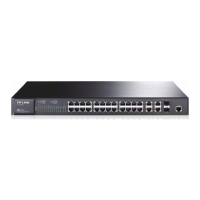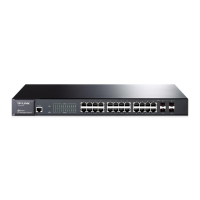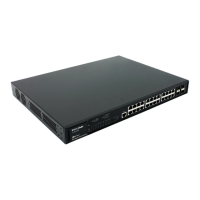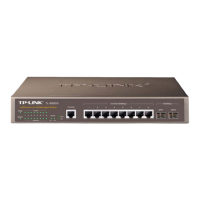User Guide 212
Configuring Layer 2 Multicast Layer 2 Multicast
1
Layer 2 Multicast
1.1 Overview
In a point-to-multipoint network, packets can be sent in three ways: unicast, broadcast
and multicast. With unicast, many copies of the same information will be sent to all the
receivers, occupying a large bandwidth.
With broadcast, information will be sent to all users in the network no matter they need it or
not, wasting network resources and impacting information security.
Multicast, however, solves all the problems caused by unicast and broadcast. With
multicast, the source only need to send one piece of information, and all and only the users
who need the information will receive copies of the information. In a point-to-multipoint
network, multicast technology not only transmits data with high efficiency, but also saves a
large bandwidth and reduces network load.
In practical applications, Internet information provider can provide value-added services
such as Online Live, IPTV, Distance Education, Telemedicine, Internet Radio and Real-time
Video Conferences more conveniently using multicast.
Layer 2 Multicast allows Layer 2 switches to listen for IGMP (Internet Group Management
Protocol) packets between IGMP Querier and user hosts to establish multicast forwarding
table and to manage and control transmission of packets.
Take IGMP Snooping as an example. When IGMP Snooping is disabled on the Layer 2
device, multicast packets will be broadcast in the Layer 2 network; when IGMP Snooping
is enabled on the Layer 2 device, multicast data from a known multicast group will be
transmitted to the designated receivers instead of being broadcast in the Layer 2 network.
Downloaded from ManualsNet.com search engine

